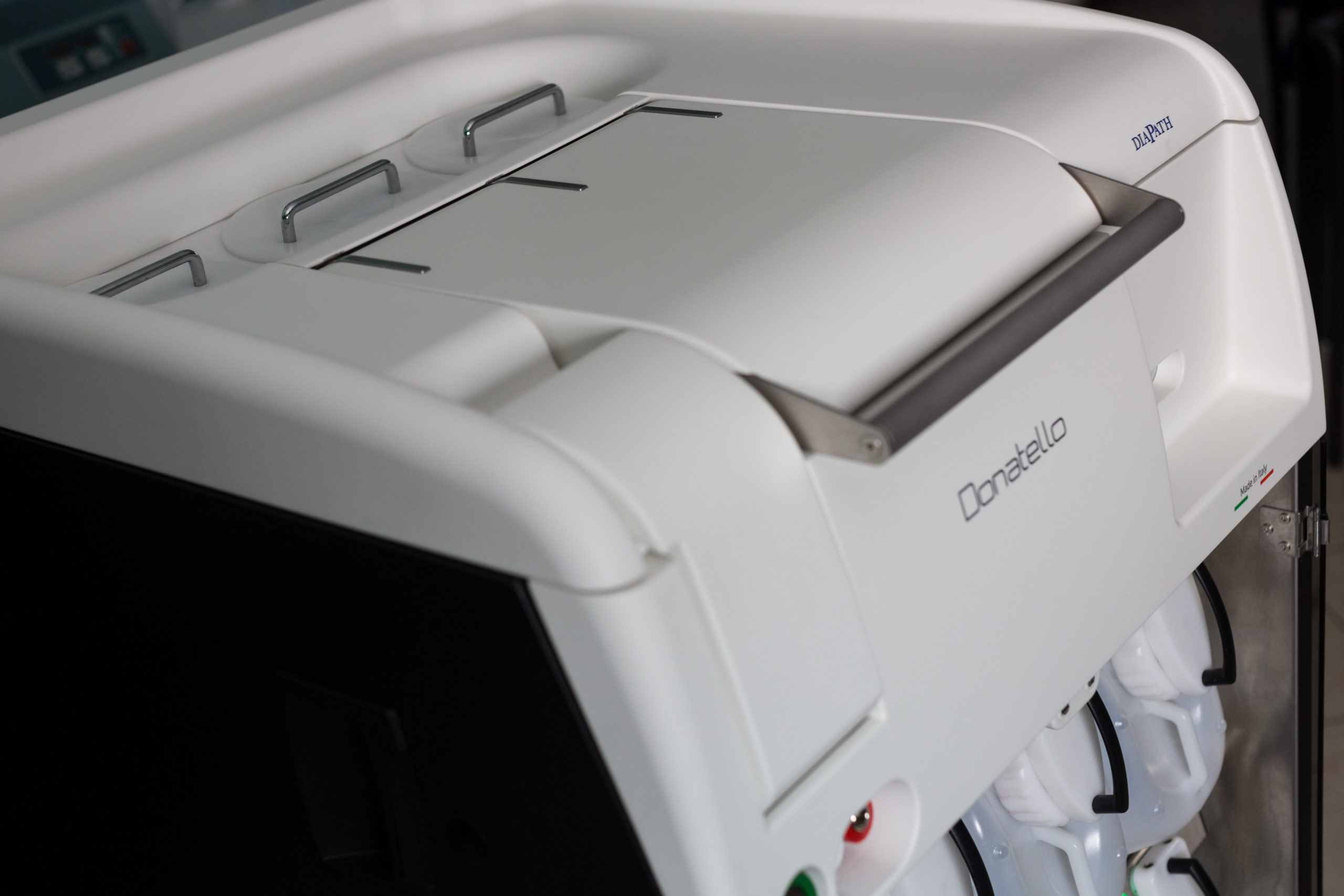
Leptin resistance before and after obesity: evidence that tissue glucose uptake underlies adipocyte enlargement and liver steatosis/steatohepatitis in Zucker rats from early-life stages
DESCRIPTION
Abstract
Background: Leptin resistance occurs in obese patients, but its independent contribution to adiposity and the accompanying metabolic diseases, i.e., diabetes, liver steatosis, and steatohepatitis, remains to be established. This study was conducted in an extreme model of leptin resistance to investigate mechanisms initiating diabetes, fat expansion, liver steatosis, and inflammatory disease, focusing on the involvement of glucose intolerance and organ-specific glucose uptake in brown and subcutaneous adipose tissues (BAT, SAT) and in the liver.
Methods: We studied preobese and adult Zucker rats (fa/fa, fa/+ ) during fasting or glucose loading to assess glucose tolerance. Relevant pancreatic and intestinal hormonal levels were measured by Milliplex. Imaging of 18F-fluorodeoxyglucose by positron emission tomography was used to quantify glucose uptake in SAT, BAT, and liver, and evaluate its relationship with adipocyte size and biopsy-proven nonalcoholic fatty liver disease (NAFLD) and steatohepatitis (NASH).
Results: Preobese fa/fa pups showed impaired glucose tolerance, adipocyte enlargement, hepatic microsteatosis, and lobular inflammation, with elevated hepatic post-glucose load glucose uptake and production. Adult fa/fa rats had more severe glucose intolerance, fasting hyperglycemia, hormonal abnormalities, elevated glucose uptake in SAT and BAT, and more markedly in the liver, together with macrosteatosis, and highly prevalent hepatic inflammation. Organ glucose uptake was proportional to the degree of fat accumulation and tissue inflammation and was able to dissect healthy from NAFLD and NAFLD/NASH livers. Most severe NASH livers showed a decline in glucose uptake and liver enzymes.
Consclusions: In fa/fa Zucker rats, leptin resistance leads to glucose intolerance, mainly due to hepatic glucose overproduction, preceding obesity, and explaining pancreatic and intestinal hormonal changes and fat accumulation in adipocytes and hepatocytes. Our data support the involvement of liver glucose uptake in the pathogenesis of liver inflammatory disease. Its potential as more generalized biomarker or diagnostic approach remains to be established outside of our leptin-receptor-deficient rat model.